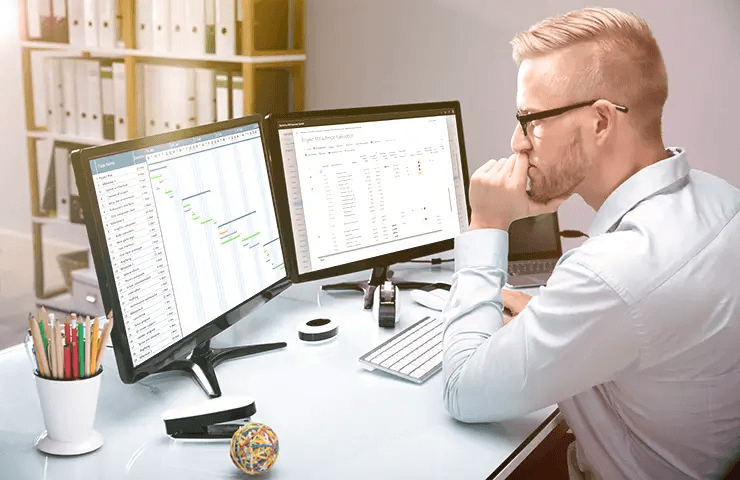
Bills of quantities form the basis of all construction-related calls for tenders and tender documents. Bills of quantities are part of a contract and contain the general construction description in accordance with the Part A of the German Construction Contract Procedures (VOB/A - Vergabe- und Vertragsordnung für Bauleistungen). Supplementary contractual terms (VOB/B) and technical (contractual) terms (VOB/C) may also be part of the bill of quantities. All of this information and all of these specifications, regulations and quantities are extremely important in order to be able to submit a reasonable tender regarding the execution of construction work, or in order to allow companies to draw up their own bills of quantities to prepare for the award of contracts. In Germany, besides the VOB, a GAEB standard (GAEB: German Joint Committee for Electronics in Construction) governs the exchange of data between the parties involved. The standard has been drawn up and is further developed by the Joint Committee for Electronics in Construction (GAEB).
What can you do with an x83, p83 or d83 GAEB file?
Bills of quantities in GAEB format can be opened with GAEB viewers or AVA tools (AVA = Ausschreibung, Vergabe, Abrechnung - tendering, awarding of contracts, billing). When opening a file with a viewing tool (“viewer”), you can only read the file. However, when opening it with an AVA or a GAEB tool, it is also possible to edit the file. The files make it possible to directly add tender prices for the individual partial deliveries or services, add text and create a file containing the tender.
You should ask yourself the following questions when choosing which software to use:
- Where do the prices for costing come from?
- Is there already an existing customer relationship with the party issuing the invitation to tender?
- How can I transfer the values to my commercial software?
- What does a bill of quantities have to do with accounting?
The integrated solution
The advantage of integrated software for bills of quantities, accounting and commercial processes is that all required data is available within a single piece of software, such that there is no media discontinuity along the value chain. All master data required for sound costing are available. Whether it be wages, materials, third-party services or machines: the traditional task of an ERP system is managing the company’s resources. However, customer relationships are also managed, and historical tenders and orders are stored. COSMO CONSULT adds the management of bills of quantities to the ERP system, thanks to which bills of quantities can be imported and exported in GAEB format. The decisive advantage is: The bills of quantities can be further processed within the ERP system. When the project managers prepare the bills of quantities, various functions are available to them, through which the master data of the commercial software can be accessed. Thus, the values don’t have to be transferred once the order is received. All further processes for awarding contracts for third-party services and for purchasing materials as well as for construction invoicing equally access the bill of quantities, such that commercial purchasing processes and accounting processes directly benefit from this solution.
Material requirements lists can be created at the touch of a button. This equally applies to construction budgets. When an invoice from a subcontractor is received, there is automatically a reference to the bill of quantities that formed the basis for the order.
How do you manage incoming and outgoing payments in relation to the bill of quantities? COSMO’s industry solution for the construction industry offers integrated process mapping based on Microsoft Dynamics 365 Business Central.
Keywords
More similar blogposts:
Found what you were looking for?
Start your intelligent search now






